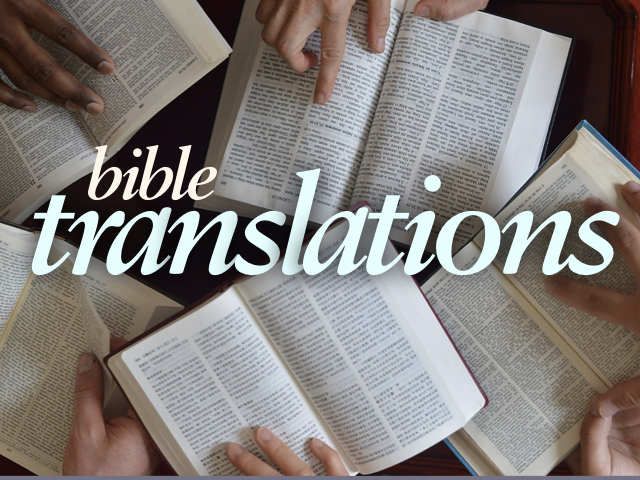
By now you’ve likely learned the bible wasn’t originally written in English. (Although good luck informing
The bible was written in three
- Modern Hebrew uses western word order (subject-verb-object, “I go home”), but ancient Hebrew typically used the original middle eastern word order (verb-subject-object “Go I home”). Plus Modern Hebrew’s vocabulary is way bigger, what with all the necessary loanwords from Yiddish, English, German, Russian, and Arabic. Plus the pronunciation’s different, much like the differences between American, Australian, Indian, and Nigerian English from the way it’s spoken in the U.K. (The many ways it’s spoken in the U.K.)
- Modern Greek has a different vocabulary and different grammatical rules than the Alexandrian Greek of the New Testament. Same reasons as Hebrew. And Alexandrian Greek is different from Attic Greek before it, and Mycenaean Greek before that.
- Syriac speakers love to point out Jesus spoke the same language they do, but the Babylonian Syriac of the bible (and the first-century Syriac, which western Christians call “Aramaic,” which Jesus spoke) is like saying Geoffrey Chaucer spoke English like us. He did… but when you try to read the Canterbury Tales, it’s obvious he kinda didn’t.
The Old Testament is written in what we call Biblical Hebrew—the older parts in Early Biblical Hebrew, and the Syriac-influenced later parts in Later Biblical Hebrew. A few chapters are in Syriac, the language of the Babylonian Empire—the language Daniel put some of his visions into. After the Jews returned from Babylon, that’s what they spoke too, and that’s what Jesus spoke, as demonstrated by the few direct quotes we have of him in the New Testament. As for the NT, it’s in a form of Alexandrian Greek we commonly call Koine Greek, a term which comes from the word
And I know; most of my readers don’t know these languages. I learned them in seminary, ’cause I wanted to read the bible in the original. I wanted it unfiltered by some other translator. Not that most translators don’t know what they’re doing; not that most English translations aren’t well done. They are. But if I’m gonna seriously study bible, I still wanna read the original, and go through the process of translation myself. That’s
In so doing, I often need to talk about the original-language words. So I convert ’em into our alphabet so you can kinda read them. It’s called
Mark 5.41-42 KWL 41 He gripped the child’s hand- and told her,
“ܛܠܺܝܬ݂ܳܐ ܩܽܘܡܝ,” - (which is translated, “Get up, I say”)
42 and the girl instantly got up, and was walking around—- she was 12 years old.
- They were amazed and ecstatic.
I use the Syriac alphabet, but back then it was written in the Assyrian alphabet; the same one Hebrew’s written in. But Mark’s Greek-speaking readers, unless they were Israelis or Syrian Greeks, were unlikely to know that alphabet. So he turned the original Syriac into
Prior to 2019, I transliterated everything on TXAB, and left the original Hebrew, Syriac, and Greek out. ’Cause foreign languages intimidate certain people. Throw some Hebrew-alphabet words on a page, and people flinch: “Argh, he’s writing in Hebrew! I can’t possibly read that. I can’t possibly read anything he’s written; he’ll get too technical for me.” I know; to many of you this sounds ridiculous. But I assure you people really freak out that way. And I didn’t wanna alienate readers.
I then came to realize in so doing, I’ve accommodated people’s irrational fears. And shouldn’t. Such fears are wholly inappropriate for Christians. If foreign languages freak you out, you need to get over it. Need to. It kills your compassion for foreigners, and ruins your ability to share Jesus with them. You realize Jesus





